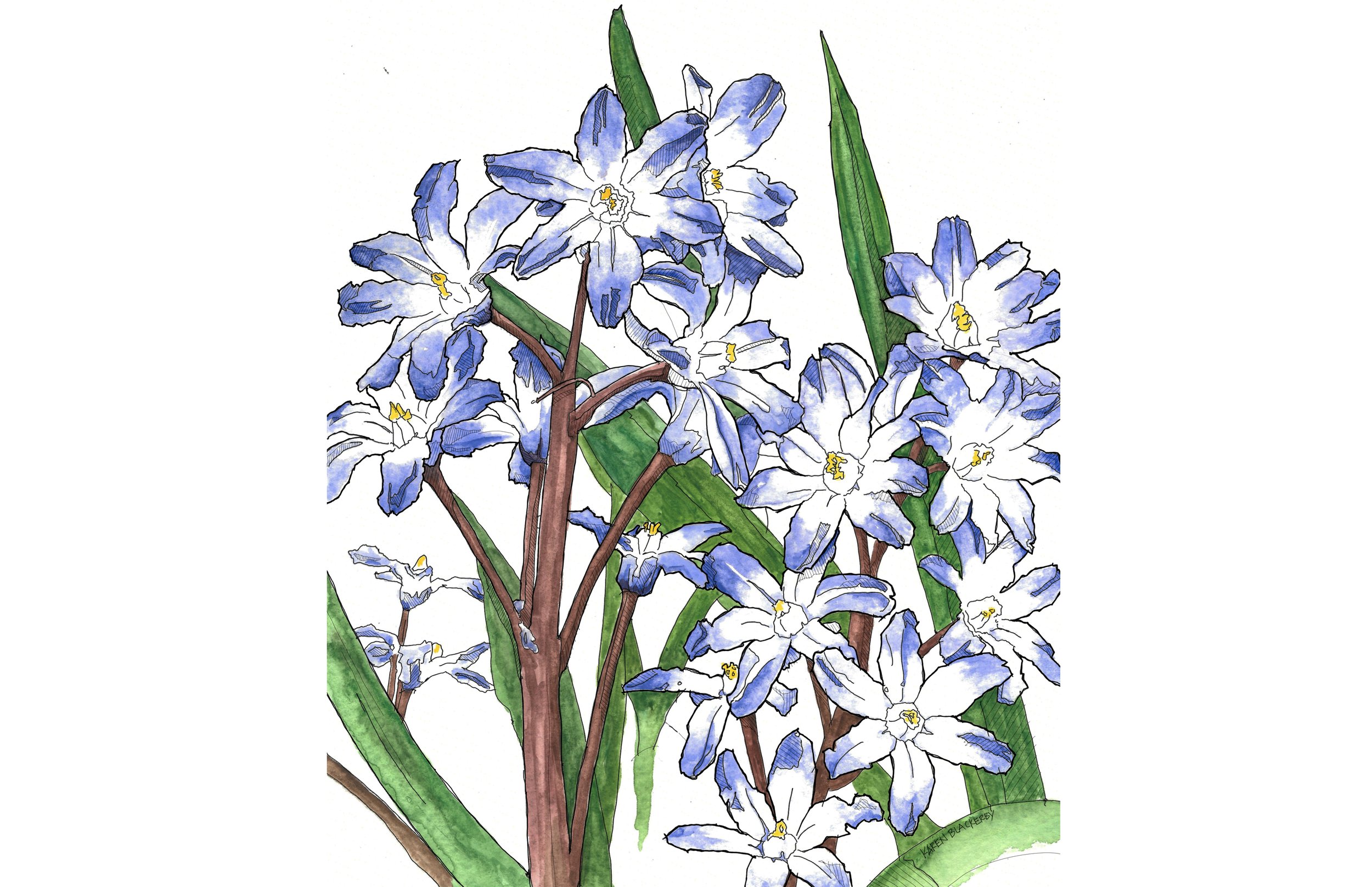BEST TIME TO PLANT
SPRING BULBS!
We have a variety of fall bulbs ready to plant! Plant them out now and they will be blooming in the spring!
*******************
BULBS WE HAVE AVAILABLE
Narcissus // Allium // Camassia // Iris // Leucojum // Tulips
************************************



